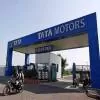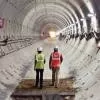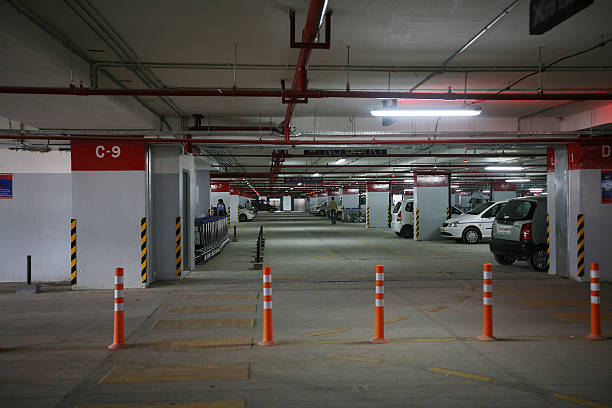
Multi-level parking amenities growing as real estate asset class
Redefine the future of urban mobility! Join us at the Metro Rail Conference 2025 to explore groundbreaking ideas and insights. 👉 Register today!
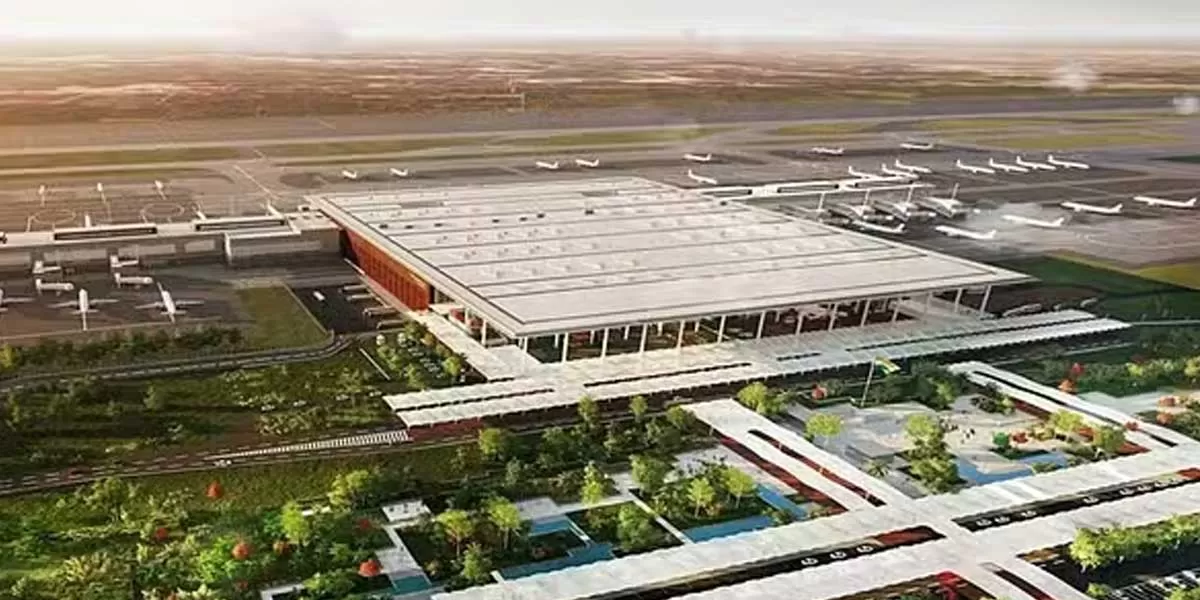
Bengaluru Airport Records 9% Passenger Growth
Bengaluru International Airport (BLR) witnessed a remarkable 9% year-on-year increase in passenger traffic, handling a record-breaking 40.73 million passengers in 2024, up from 37.2 million in 2023, according to Bangalore International Airport Ltd (BIAL). The airport's robust growth in passenger numbers was fueled by a surge in air traffic movements (ATMs) and the addition of new domestic and international destinations. Daily ATMs peaked at 782 on October 17, with an annual average of 723. October 20 saw the highest single-day passenger count of 1,26,532. In cargo operations, BLR Airport ach..
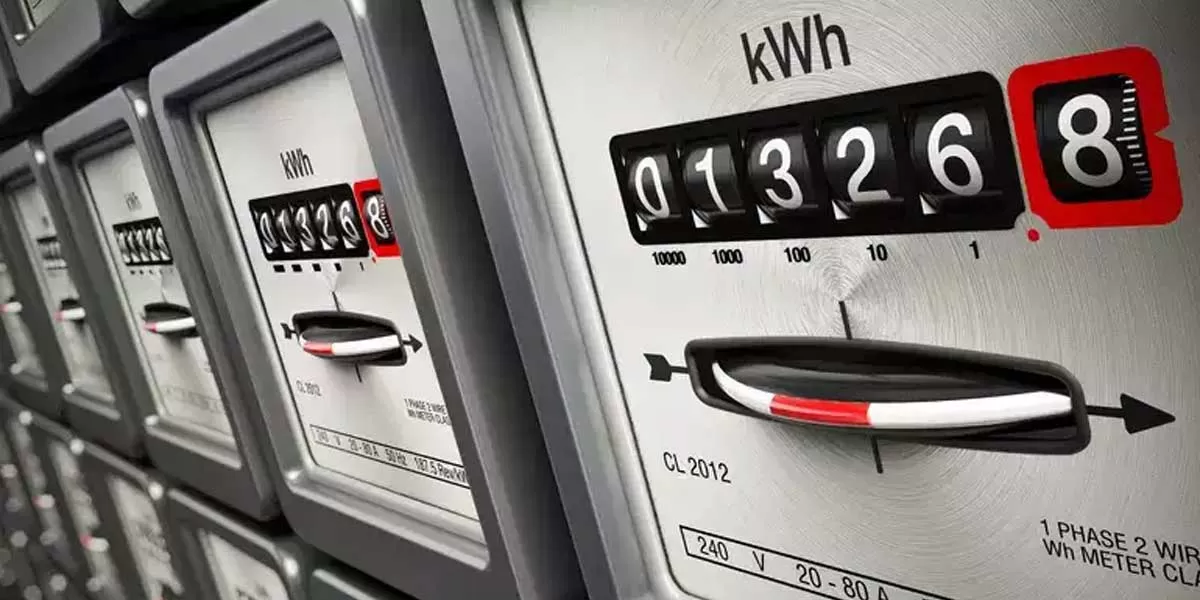
India's Smart Meter Market on the Rise
Smart meters are revolutionizing energy management in India. These advanced electronic devices record real-time energy consumption and transmit the data to utility companies, enabling efficient monitoring, accurate billing, and improved energy usage management for consumers. By providing valuable insights into consumption patterns, smart meters empower both users and utilities to optimize energy operations. Key Players Driving the Market India’s smart meter sector is expanding rapidly, with prominent companies like GMR Smart Electricity Distributions Pvt. Ltd., Landis+Gyr, Siemens, Genus P..
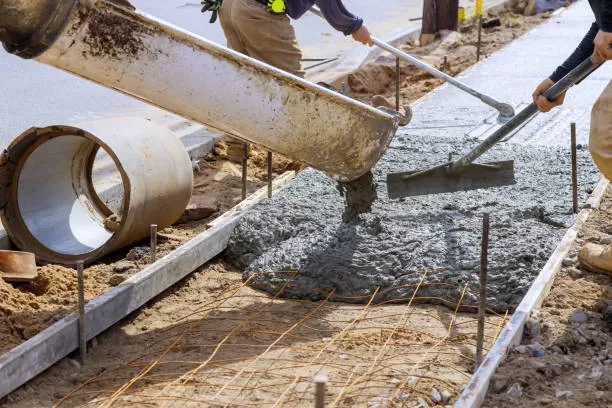
JSW Cement Secures Sebi Nod for ?4,000 Cr IPO
JSW Cement, a part of the Sajjan Jindal-led JSW Group, has received approval from the Securities and Exchange Board of India (Sebi) for its ?40 billion initial public offering (IPO). The company had submitted its draft red herring prospectus (DRHP) on August 17. The IPO will comprise a fresh equity issue of Rs 20 billion and an offer-for-sale (OFS) of Rs 20 billion from existing shareholders, including Apollo Global Management, Synergy Metals Investment Holding, and SBI. Industry Milestone This marks the first significant cement sector IPO since Nuvoco Vistas' Rs 50 billion offering in 2021. I..





